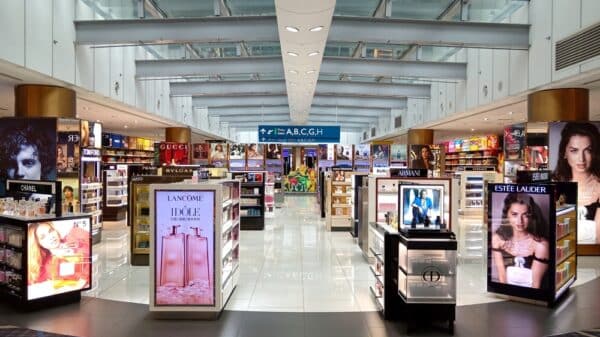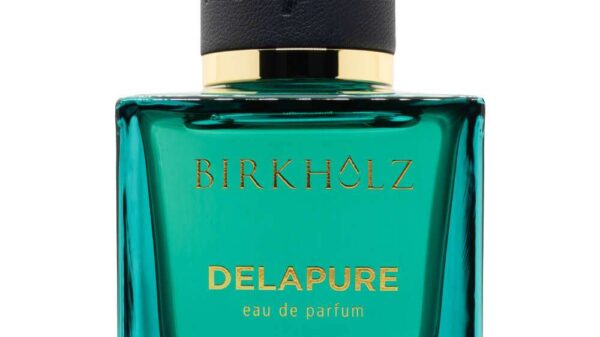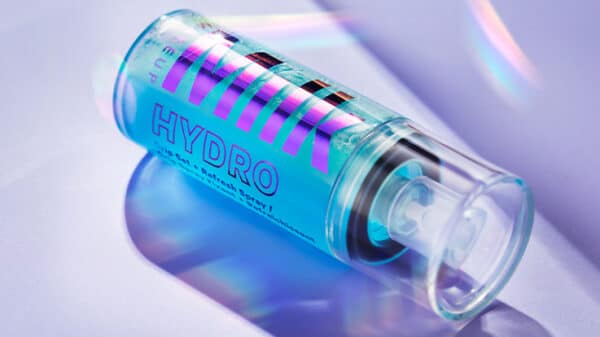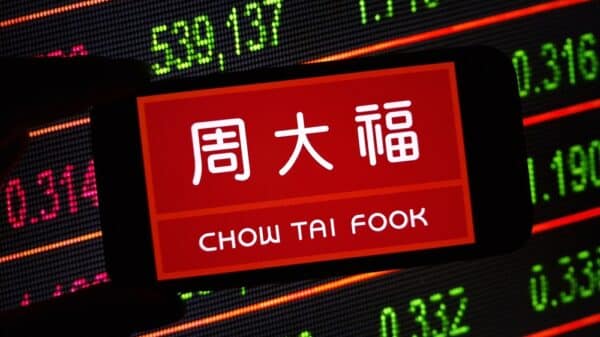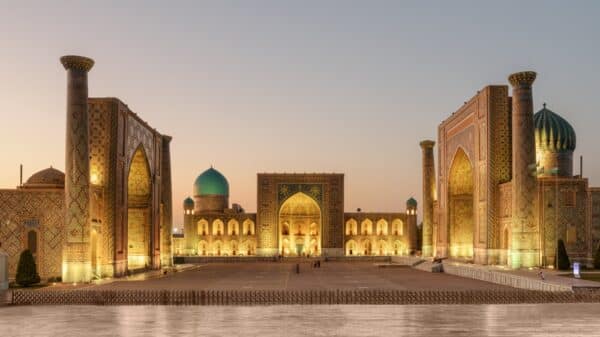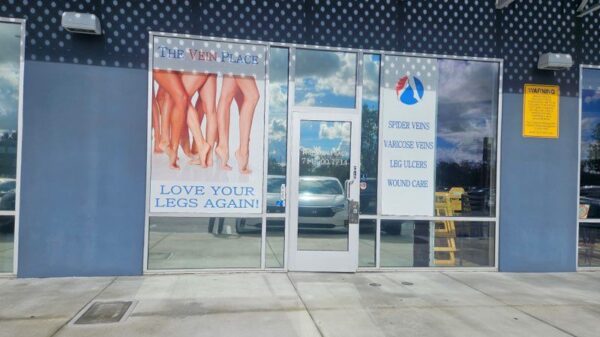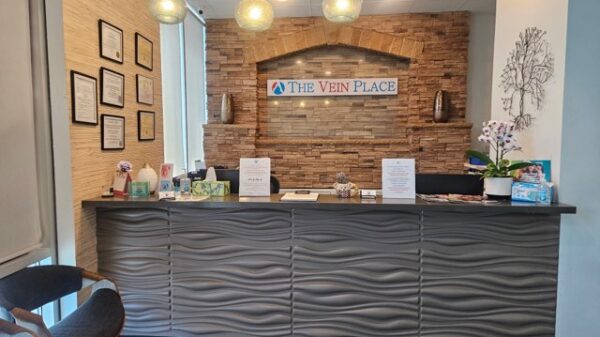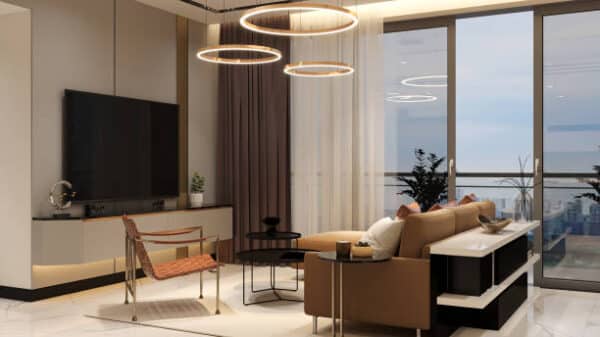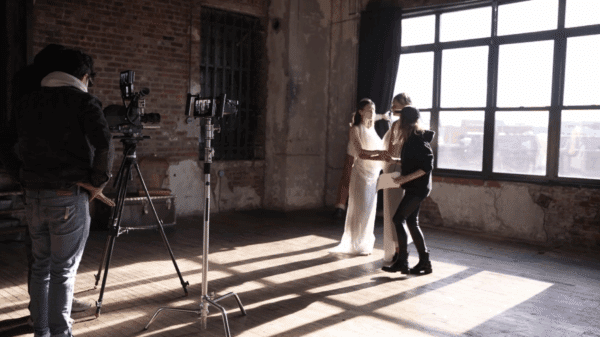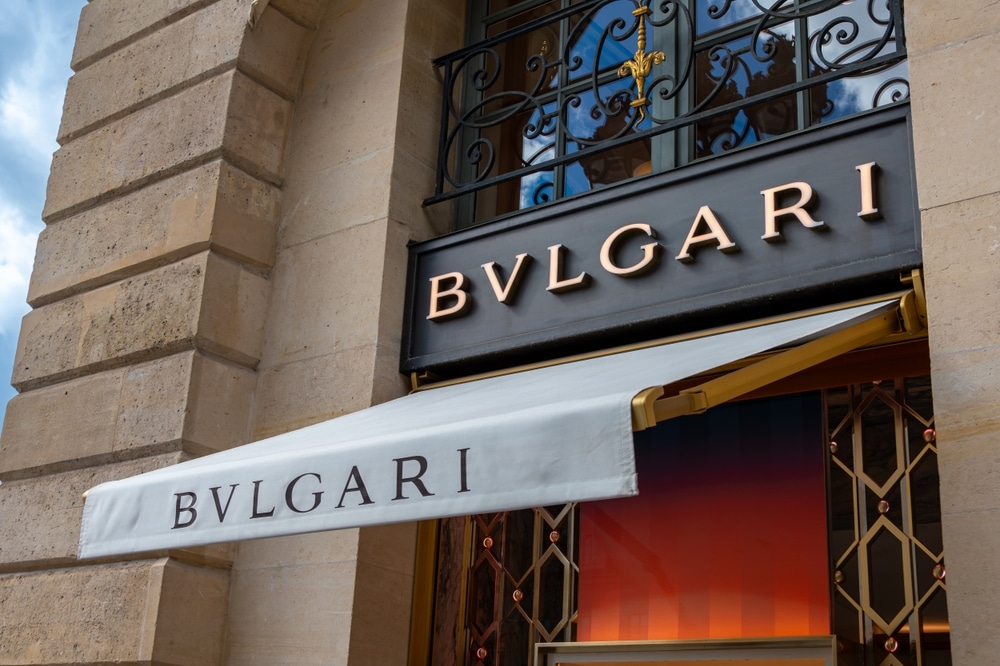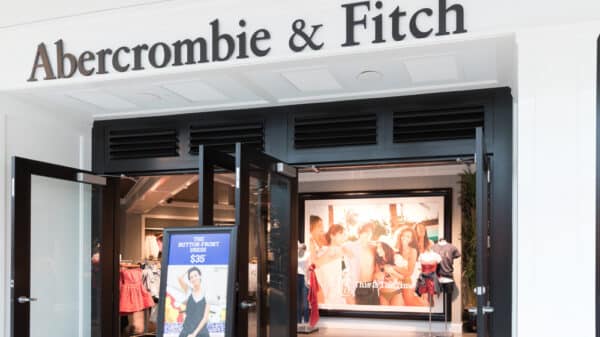Bulgari is on an impressive upswing, showcasing how a brand steeped in luxury can continue to expand and innovate. Since being acquired by LVMH in 2011 for a staggering €4.3 billion, Bulgari has solidified its position in the global luxury market. The recent opening of a new facility in Valenza, nestled in the heart of Italy’s Piedmont jewelry region—the largest dedicated jewelry production area in the world—marks yet another milestone for the brand. This facility is not just another building; it’s an elaborate structure composed of three buildings, and notably, it runs entirely on renewable energy. With plans to generate 500 new jobs by 2029, Bulgari is not just looking inward, but also making substantial contributions to the local economy.
The grand inauguration on April 16 was nothing short of celebratory. Spanning 33,000 square meters, this three-story establishment boasts stunning architectural details. The exterior features a striking façade adorned in black and gold, instantly welcoming visitors into the opulent world of Bulgari. Upon entering, one can’t help but be captivated by displays of some of the brand’s iconic pieces, along with large photographs that narrate its illustrious history.
Before this expansion, Bulgari operated from two older sites, both acquired over the years from various subcontractors. In 2017, the brand recognized the need for consolidation, bringing all its operations under one roof, partly driven by its rapid growth—by 2023, Bulgari reached impressive revenues of €3.6 billion. Initially, the existing location seemed adequate, but the strides in revenue and production soon rendered it insufficient. Planning for a significant expansion began in 2020 and culminated in the recent addition of two more buildings that collectively extend the facility by an impressive 19,000 square meters.
This modern site, envisioned by the Italian architecture firm Politecnica, encourages collaboration and efficiency. The central building acts as a hub where employees can easily transition between various manufacturing units using suspended walkways, creating a seamless workflow between the two newly added factories. Each factory houses courtyards that foster a sense of community among workers.
Safety and security remain top priorities, with strict access protocols including metal detectors and vigilant security teams. Inside, the environment buzzes with activity—over 20 workshops where skilled artisans focus intently on their crafts. They produce millions of metal components annually and craft tens of thousands of exquisite jewelry pieces each month from the Valenza facility.
Babin remarked on the innovative operational layout, where small teams, likened to workshops, handle entire manufacturing cycles for individual products. This self-contained approach mimics an independent artisan’s workshop but benefits from a centralized logistics system for materials and methods. While some teams focus on creating high-end pieces from the Alta Gamma collection, one-off items continue to be produced at Bulgari’s more traditional atelier in Rome.
Central to the new facility is a commitment to employee development. The building hosts not only recreational and dining facilities but also two jewelry schools. The Bulgari Academy, established in 2017, offers specialized training for new artisans, emphasizing the brand’s unique craftsmanship techniques. Complementing this is the newly inaugurated Scuola Bvlgari, set to open its doors to 80 students annually starting in September. An exciting first in the industry, this school will focus on foundational jewelry skills while incorporating cutting-edge technologies.
With the intention of doubling production capacity by 2029 and nearly quadrupling it since 2017, Babin stressed the importance of hiring in the local community. Over the years, the number of employees at the Valenza site has surged from 370 to an impressive 1,128. Notably diverse, the workforce comprises individuals from 31 different nationalities, and 55% identify as women, with an average age of 39.
Bulgari’s remarkable growth story doesn’t just end with their production plans; it underscores a significant commitment to nurturing talent in the region. As Babin pointed out, with plans to recruit an additional 500 artisans, Bulgari is set to create over 1,200 new jobs by 2029. For a community like Valenza, already home to 6,000 skilled professionals, such growth is transformative—filling the air with optimism and opportunity.
Bulgari’s expansion perfectly illustrates how a brand can harness its heritage while adapting to new challenges and market demands, setting a benchmark for both luxury brands and regional development initiatives alike. As they continue to carve their path in the global luxury arena, the story of Bulgari is not just about exquisite jewelry but also about creating community and pioneering craftsmanship for generations to come.Recently, Bulgari has taken an important step in the world of luxury jewellery by opening a new factory in Turin, Italy, nestled in the heart of Valenza—a hub renowned for its rich jewellery-making heritage. This region is home to iconic brands such as Damiani, which adds to the area’s prestige in the industry.
At the forefront of its operations, Bulgari has a modern vision for the Valenza site. Envisioned as a comprehensive facility, it aims to incorporate various jewellery trades, blending traditional craftsmanship with innovative industrial techniques. Here, jewellery is crafted with a blend of historical artistry and state-of-the-art technology, including sophisticated CNC machinery—often relied upon by Swiss watchmakers—and advanced 3D printing. The workspace is a striking balance of old meets new, adorned with screens that function as command centers to monitor machine operations and streamline communication with employees. For instance, a unique “suggestions programme” has been established, inviting team members to share ideas on how to minimize material waste, highlighting Bulgari’s commitment to sustainability and efficiency.
“Valenza specializes in what we call ‘everyday jewellery’—pieces made with exquisite materials, featuring diamond pavé and semi-precious stones. These items typically range in price from €2,000 to €90,000,” explains Babin, emphasizing the brand’s focus on accessible luxury. When it comes to high-end jewellery, the more intricate designs are produced in Bulgari’s Rome location.
Babin aims to reclaim aspects of production that were previously outsourced, such as intricate gem-setting processes. This strategy isn’t just about keeping production close—it aligns with a broader ambition for Bulgari to fully understand and master the craft of jewellery making. By integrating these skills in-house, the brand aspires to enhance its expertise within the industry, ensuring that every piece radiates the quality and artistry that Bulgari is known for.
Bulgari’s commitment to sustainable practices is evident in the factory’s design as well. The factory has been constructed using low-impact materials and cutting-edge technologies to earn LEED (Leadership in Energy and Environmental Design) Gold certification, a testament to its eco-friendly blueprint. An impressive feat, it’s also the first factory in the world to operate entirely on renewable energy, with half of that energy generated on-site.
Digging deeper into sustainability practices, the facility features one hundred geothermal probes extending 200 meters below ground and over 4,100 solar panels on the rooftops of the main building and parking areas. “This setup enables us to source half our energy needs from our own production,” explains Babin. The remaining energy is acquired from local farms, which were equipped with geothermal probes and solar panels through Bulgari’s assistance. This mutually beneficial agreement ensures that the energy powering the factory is not only renewable, but also locally-sourced.
Bulgari is also dedicated to promoting local biodiversity around its Valenza complex. This initiative includes reforestation efforts utilizing native plant species over an 8,000-square-meter plot of land. Additionally, Bulgari has created recreational spaces for employees and local residents, fostering community engagement. Partnering with a local beekeeper, they have even set up ten beehives, providing a sanctuary for around one million bees. These initiatives are just a glimpse of Bulgari’s holistic approach to production—where luxury intersects gracefully with responsibility and sustainability, all while honoring the art of jewellery-making that has flourished in Valenza for centuries.
Image Source: HJBC / Shutterstock



